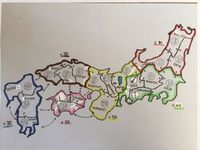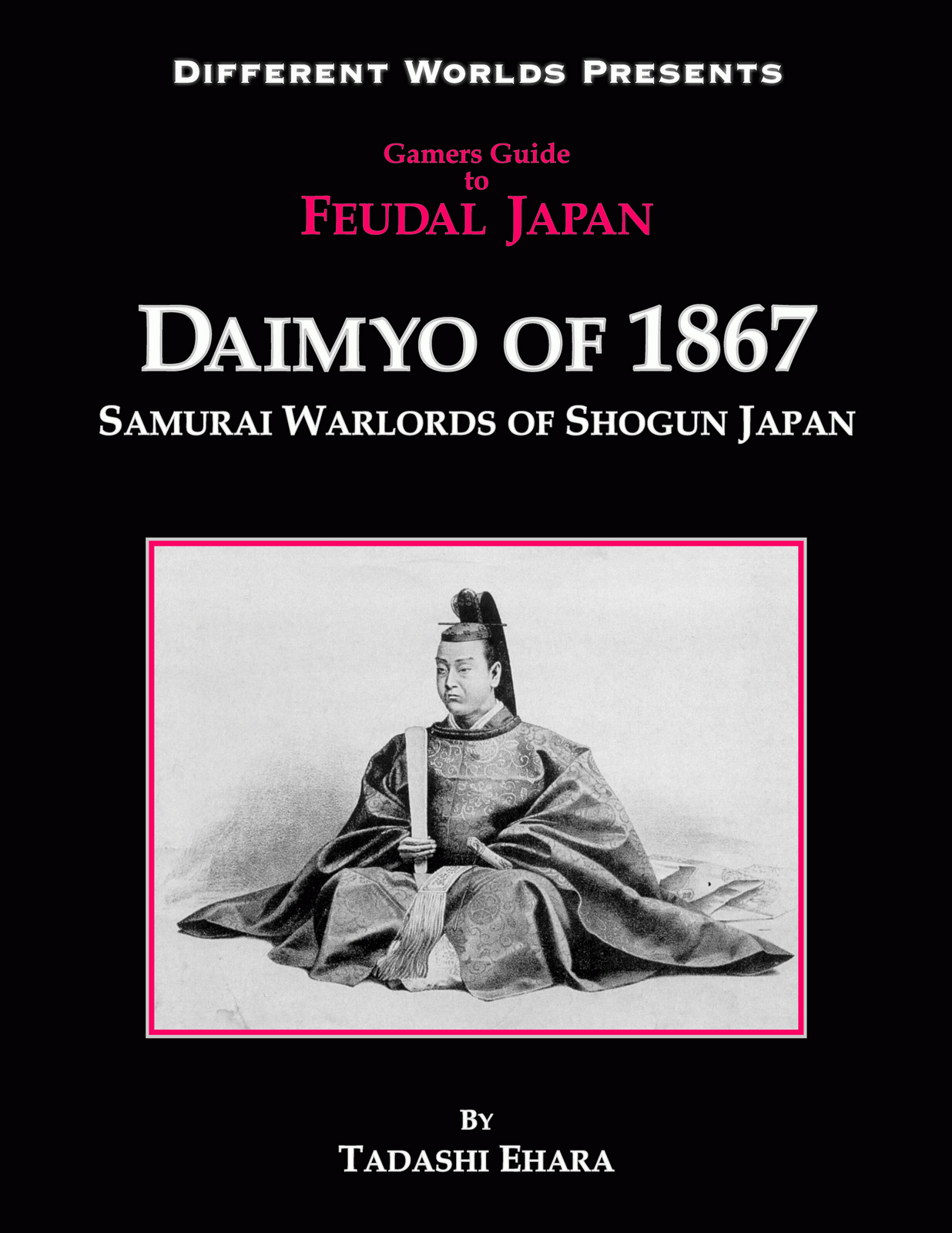Map Of Daimyo Of Japan 180. These estates were administered by territorial barons, or the daimyo. Throughout his academic career, Fabian Drixler has relied heavily on GIS methods. This historical cartographic image is part of the Japanese Map Collection of the UC Berkeley East Asian Library. Time and again, his research required maps of Tokugawa Japan's daimyo territories and the administrative divisions of Meiji Japan. daimyo (dī´myô) [Jap.,=great name], the great feudal landholders of Japan, the territorial barons as distinguished from the kuge, or court nobles. This warrior class, as newly risen holders of political authority, developed cultural traditions inherited from the court. daimyo types, each building successively upon the institutions of the previous, and each embracing larger and more effective areas of hegemony. The daimyos were large landowners and vassals of the shogun. Each daimyo hired an army of samurai warriors to protect his family's lives and property. They were subordinate to the shogun and nominally to.

Map Of Daimyo Of Japan 180. Daimyo typically lived in castles or large estates and had hundreds, or in many cases thousands, of Samurai under them. They were subordinate to the shogun and nominally to. Also shows temples and shrines pictorially. The term 'daimyo' simply translates to 'large private land' and they belonged in the upper class in feudal Japan. Some background on why the Digital Tokugawa Lab is devoting its first two years to creating an atlas of early modern Japan. Map Of Daimyo Of Japan 180.
The daimyos were large landowners and vassals of the shogun.
Rather, they were obligated to do stuff the Bakufu asks.
Map Of Daimyo Of Japan 180. While the information in square boxes that indicate castle towns with their domain daimyo's name remains mostly the same as that in Kokudaka map, this route map includes details on lodging and resting stations (shown as yellow roundels) and routes (black lines connecting the rest stations). JNTO – Japan National Tourism Organization. The daimyo lords were at the top of military class just below the shoguns, and were heads of the samurai. They were, of course, military men who held a dual role. Daimyo typically lived in castles or large estates and had hundreds, or in many cases thousands, of Samurai under them.
Map Of Daimyo Of Japan 180.










